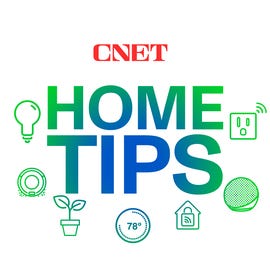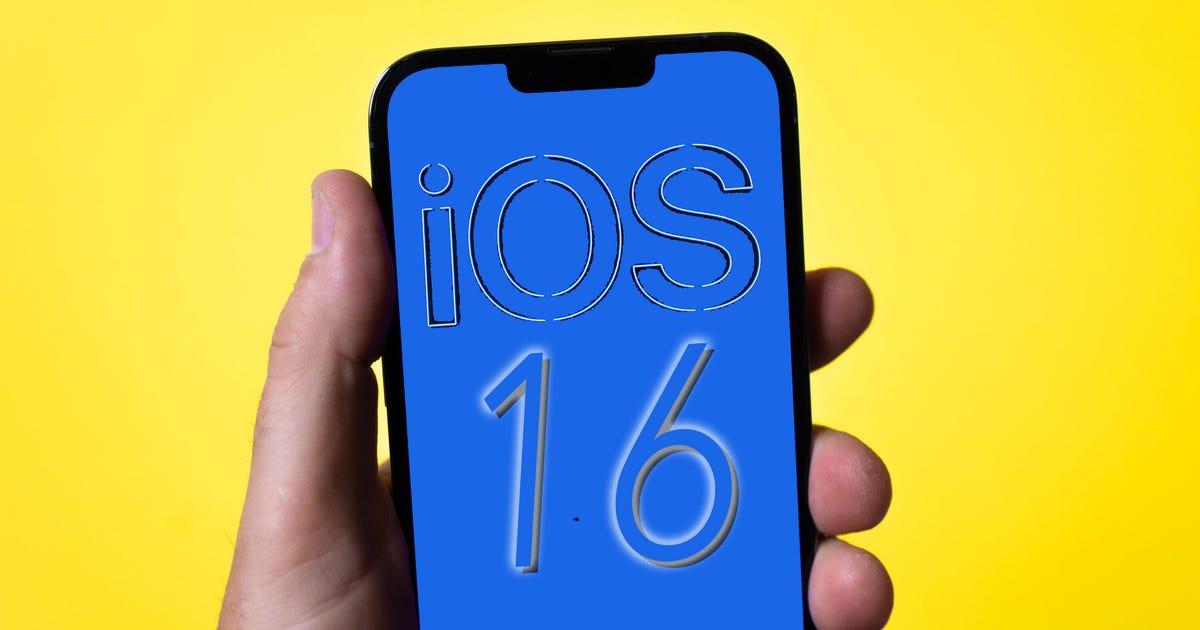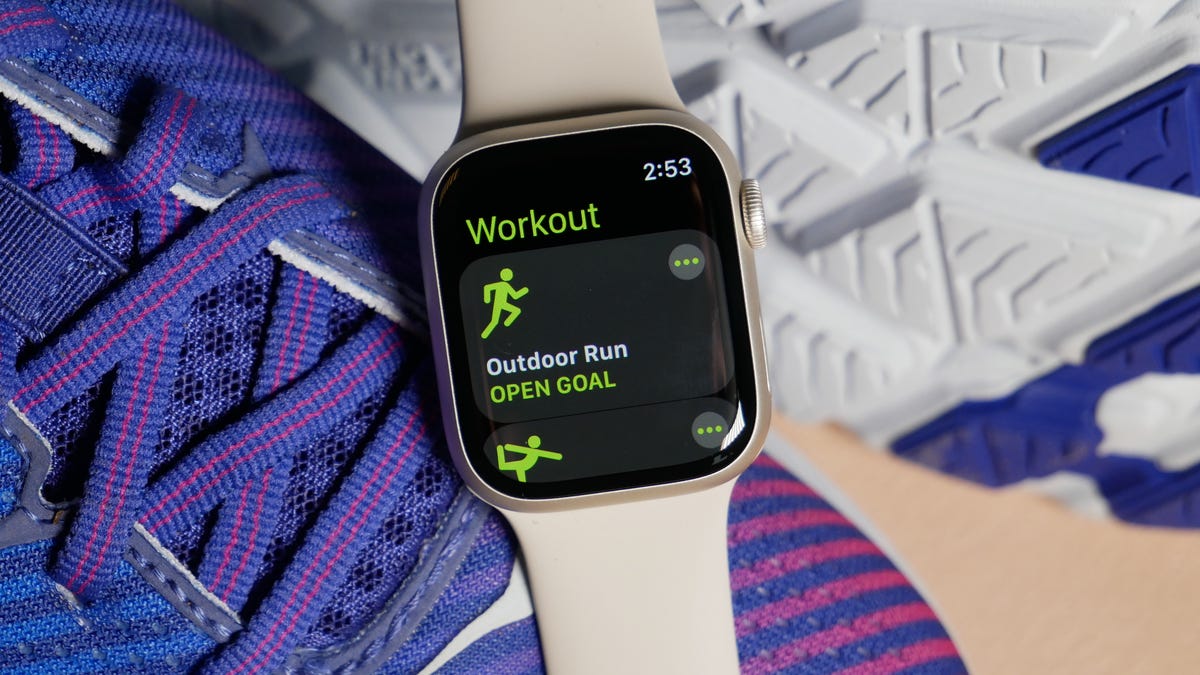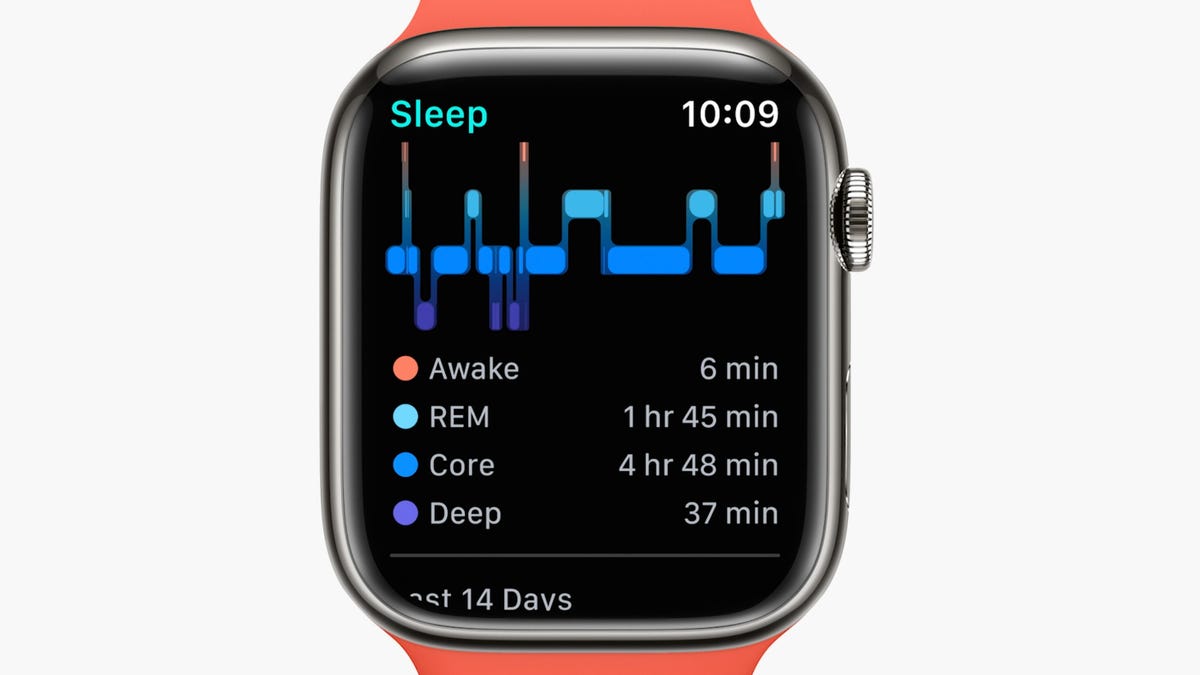
Millions can't pay their car loans. Here's what to do if you're one of them
If you've skipped a car payment or two recently -- or you worry you might have to miss an upcoming one -- you're not alone. Due to the coronavirus recession and record levels of unemployment, over 7% of all car loans in the US are currently in some sort of deferment program, according to recent data released by credit reporting agency TransUnion.
Typically, missing a car payment can damage your credit score or even lead to the bank repossessing your vehicle. However, in the wake of the recent economic turmoil brought on by the coronavirus pandemic, most lenders have streamlined their financial hardship programs and are willing to be a bit forgiving if you just ask for help.
But just like the help available with rent payments and unemployment benefits, you do have to ask. The worst thing you can do is ignore the problem and assume it'll work itself out on its own. (Scroll to the end for what else you should absolutely not do.)
Here's a look at the most current information and resources we could locate to help you deal with your car payment. We'll continue to update this story as new details emerge.
First, see what assistance your lender has to offer
You'll want to know what kinds of programs your bank, credit union or other auto loan provider may have available to you. Also, if there are any state laws that might offer some protections against repossession, you'll want to find out about those, too.
Here are the most comprehensive resources we've been able to turn up to help with both. (If you don't see your lender on any of those lists, try contacting the company directly through its website or app.)

As businesses like this soda and candy shop in Asheville, North Carolina, start to reopen, you can bet repossession companies will be back to work, too.
Sarah Tew/CNET Most repos occur after two or three months of no payments
If you've fallen behind (or you think you're going to fall behind) on your car payment for 90 days or longer, you may very well be at risk of having your car repossessed. Your lender may be more lenient if you've never missed a payment before, but the more often you've been late in the past, the sooner they might attempt repossession.
One way around this, however, is a deferment or forbearance program.
What are auto loan deferment programs and how do they work?
Under normal circumstances, most lenders will report a late payment to the credit bureaus once it's at least 30 days overdue, and they'll typically come to take your vehicle away after you've missed three or more payments in a row.
A deferment or forbearance allows you to skip between one and three payments with no late fees or penalties. After the deferment period ends, either your monthly payment will either go up slightly or your loan will be extended by about the same amount of time as the deferment.
On the downside, interest will continue to accrue during the months you skip your payment, so you'll end up paying more for your vehicle in the long run. But on the plus side, your missed payments will not show up as negative marks on your credit report, so your credit score shouldn't take a hit.
How to talk to your bank about your options
Most lenders' programs have been streamlined to be pretty simple to apply for. Fill out a form, possibly attach some documentation (termination letter, layoff notice, etc.), send it off to your lender and wait for an approval confirmation. If your bank doesn't have it set up that easy and you have no idea where to begin, the legal services website DoNotPay has a chatbot that can help you draft a letter to your lender.
That said, you can probably handle this on your own. Just be honest and forthcoming about your situation and realistic about how much time you'll need to get back on your feet. Generally speaking, banks would rather work with you and retain you as a customer than leave you stranded without a vehicle.

Ford is currently offering to pay six months' worth of new vehicle payments when you purchase a new car from the company.
Wayne Cunningham/CNET What normally happens when you miss a car payment?
In most states, a lender, like your bank, can start the repossession process the day after you miss even just one payment, but most companies give their customers a grace period. Often the lender won't even charge a late fee until the payment is at least 10 days late, and most won't report it to the three major credit bureaus until it's over 30 days late.
If you go past 30 days delinquent -- and especially if you miss the next two payments in your loan cycle as well -- that's where you start treading into repossession, or repo, territory.
How repossession works
In most cases, your lender will contract with a third-party agency that specializes in repossessions. That company will use whatever information it can get -- your home and work addresses, for example -- to track down the vehicle and tow it to a secured, usually gated lot. It does not need your car keys to take your car.
The repo company will then charge your bank for towing the vehicle, as well as a daily storage fee, usually around $25 to $75 per day. Unless you happened to have left your keys in the car, the repo company will also contract a locksmith to make a new set of keys -- then charge your bank for that service, too. When all is said and done, you'll owe anywhere from a few hundred to over a thousand dollars in charges, which you'll still be liable for whether you get your car out of repo or not.

If you quit paying your car payment, eventually a vehicle recovery service will come tow your car.
Andrew Hoyle/CNET Are car repossession companies even open right now?
The auto repossession industry never quite figured out whether repo companies, many of which laid off dozens of employees early on in the pandemic, were even allowed to operate in areas under strict shelter-in-place orders. The Association of Credit and Collection Professionals, a lobbying group for debt collectors, has argued that debt collection is an essential service, but lawmakers have yet to chime in.
However, as most US cities are far along in the process of reopening and orders shuttering nonessential businesses have mostly been lifted, you can probably bet that repo companies will be up and running as soon as they can be.
Your rights vs. the bank's rights
In pretty much every instance your bank does not need a court order to attempt to repossess your car. You can view a list of every state's specific automobile repossession laws here, but generally speaking, your lending institution (or a company it hires) has the right to come onto your property and take the car so long as no one commits a "breach of the peace."
That means its representatives can't break into a locked garage, through a locked gate or otherwise use physical force against you or your property to take possession of your vehicle. They can, however, follow you to work, for example, or the grocery store, and wait until you leave your car unattended.
How to get your car out of repo -- and what happens if you don't
What if it's too late and your car has already been repoed? Many states have laws on the books about how long and under what conditions lenders must allow you the opportunity to get your vehicle back, but the terms aren't exactly favorable, especially if you're in the kind of financial situation that led to repo in the first place.
Generally, the law only compels lenders to release your car if you pay off the loan plus any towing and storage charges that have accrued. In practice, however, most lenders are willing to give your car back if you can at least catch up with your late payments (and, of course, even up with the repo company as well).

One option if you're struggling to pay your car payment is to try and sell your car for cash to pay off the loan, but that won't work if you owe more than the car is worth.
Sarah Tew/CNETIf you leave your vehicle in repo, either because you can't afford to get it out or you just decide it's not worth it, you're still not completely off the hook. The bank will likely auction off your car to the highest bidder, then apply the revenue from that sale to your remaining balance, including repossession charges. If that doesn't cover your entire debt, the bank can come after you for the remainder, including handing your account over to a collection agency and reporting the delinquency to the credit bureaus.
You have a few wild-card options as well
If you're at risk of having your car or truck repossessed, there are other options available besides deferment, but none quite as simple or easy. You could do what's called a "voluntary repossession," where you contact your lender and indicate your desire to turn your vehicle over to it. Your credit will take a hit and you'll be liable for any outstanding debt the bank fails to recoup at auction, but the overall impact to both your credit score and pocketbook will be less than if you wait for the bank to forcibly repo your car.
You can refinance your car for a lengthier loan term with a lower monthly payment, but that will only work if you've already paid off a substantial amount of the principal. If you've only had your car loan for a year or two, you might actually still owe more than it's worth. Also, your credit has to be good enough for a bank to underwrite a new loan for you, which may or may not be the case anymore.
You could also try to sell your car on the open market, or trade it in for something less expensive, but again, with the economy now in a full-blown recession, neither of these options seems very compelling.
What you absolutely should not do
Whatever you do, don't try to hide your car from your bank or the repo company. For one, you're probably not going to beat them at their own game, and the longer it takes to find it (and the more difficult you make it), the more they're going to charge you for their services in the end.

Stop! Don't just sit back and wait until the bank repos your car. Be proactive and ask and your lender may be able to help.
Shara Tibken/CNETAnd don't just stop paying your loan and hope for the best. Whether or not lawmakers decide the repo industry performs an "essential" function, or if the repo man has to wait for a treatment or vaccine like the rest of us before getting back to work, eventually your delinquency will catch up with you. With banks demonstrating some compassion right now for those who've suffered financial hardship, you might as well take advantage of one of their relief programs while you can.
Chances are if you're worried about making your car payment, you have other bills keeping you up at night, too. Here's what you need to know about rent relief during the pandemic, as well as what assistance is available if you have a mortgage. For taxes, credit cards and everything else, here's what other financial help is available.
The editorial content on this page is based solely on objective, independent assessments by our writers and is not influenced by advertising or partnerships. It has not been provided or commissioned by any third party. However, we may receive compensation when you click on links to products or services offered by our partners.
Source





















